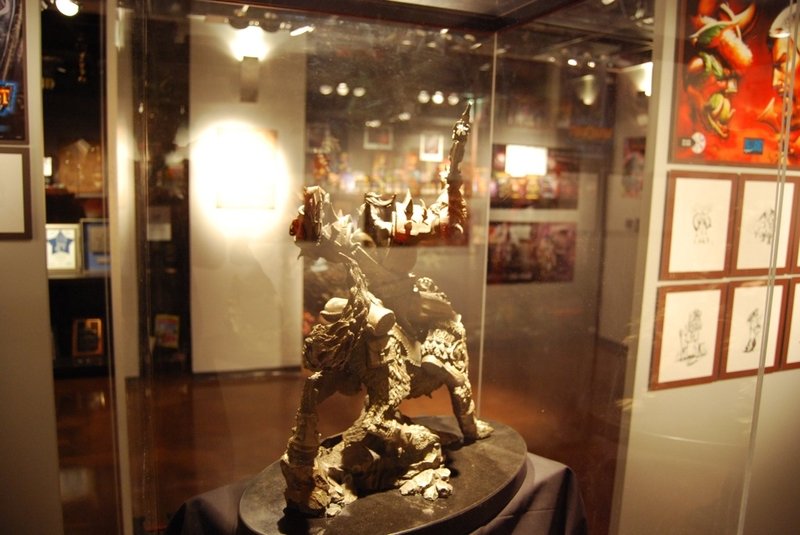|
|
Legendary Blizzard Office
|
Offices in classical antiquity were often part of a palace complex or a large temple. There was usually a room where scrolls were kept and scribes did their work. Ancient texts mentioning the work of scribes allude to the existence of such "offices". These rooms are sometimes called "libraries" by some archaeologists and the general press because one often associates scrolls with literature. In fact they were true offices since the scrolls were meant for record keeping and other management functions such as treaties and edicts, and not for writing or keeping poetry or other works of fiction.
• Pre-Industrial Revolution
The High Middle Ages (1000–1300) saw the rise of the medieval chancery, which was usually the place where most government letters were written and where laws were copied in the administration of a kingdom. The rooms of the chancery often had walls full of pigeonholes, constructed to hold rolled up pieces of parchment for safekeeping or ready reference, a precursor to the book shelf. The introduction of printing during the Renaissance did not change these early government offices much.
Pre-industrial illustrations such as paintings or tapestries often show us personalities or eponyms in their private offices, handling record keeping books or writing on scrolls of parchment. All kinds of writings seemed to be mixed in these early forms of offices. Before the invention of the printing press and its distribution there was often a very thin line between a private office and a private library since books were read or written in the same space at the same desk or table, and general accounting and personal or private letters were also done there.
|
|









